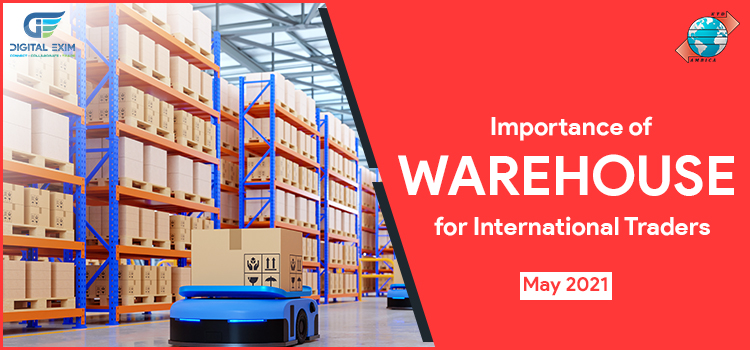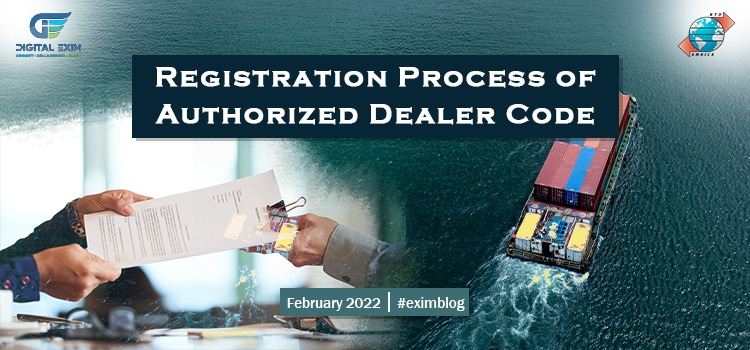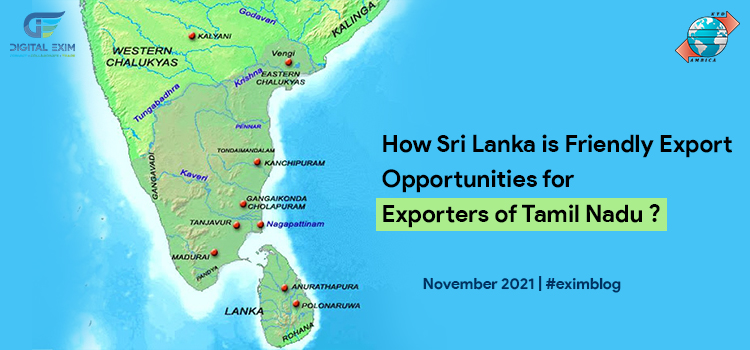Terms like these are generally found in sale contracts of exporters and importer, a shipping company that transports cargo, and other related documents. Join import-export consultancy services and learn more about shipping & logistics. For Example- It is unlikely that your overseas buyer will be able to pick up your shipment at the discharge port. In every country, there are customs-controlled cargo freight stations. Once the cargo arrives at the discharge port, it can be moved to your nearest freight station and you can complete the import customs requirements there. When specifying the delivery place with the supplier, make sure to specify it in the contract. In other words, the carrier picks up the freight amount and de-stuffs the cargo at the spot of delivery, where the customs department functions. These arrangements are usually made by rail or road movement. The ‘Port of Discharge’ is the destination port of a vessel or flight for discharging goods. Importers may complete customs procedures at ports of discharge once the cargo has been unloaded, or they may arrange for the cargo to be transported to the nearest freight station where customs offices are located. Your carrier may arrange to transport your cargo to the location by rail or by road. Did you like our article? Do share your feedback and experience. The above information is a part of the Digital Exim Online Training Course.
For More Knowledge Read Our Article On-
Different Types of Export Containers What is FCL in Export Import? Steps to Become Successful in Trade for Start-ups What is a Mother Vessel and Feeder Vessel What is co-loading? What is ICD?
What is SWOT Analysis and Why it is Important for Business?
Role of the Indian Embassy in Export Import
What is a Bill of Exchange? What is a Letter of Credit?
What is High Sea Sales? What Does DGFT Grant to Indian Importers & Exporters? What is Registration Cum Membership Certificate? What is DGFT and Its Role?
Watch Our YouTube Videos On-
https://www.youtube.com/watch?v=AhSx0waP2O0https://www.youtube.com/watch?v=vE1Q2DDVlREhttps://www.youtube.com/watch?v=62yZlD-9B4Qhttps://www.youtube.com/watch?v=p5vh8lkDZ6chttps://www.youtube.com/watch?v=SoIznvXfkUM&t=165s
















